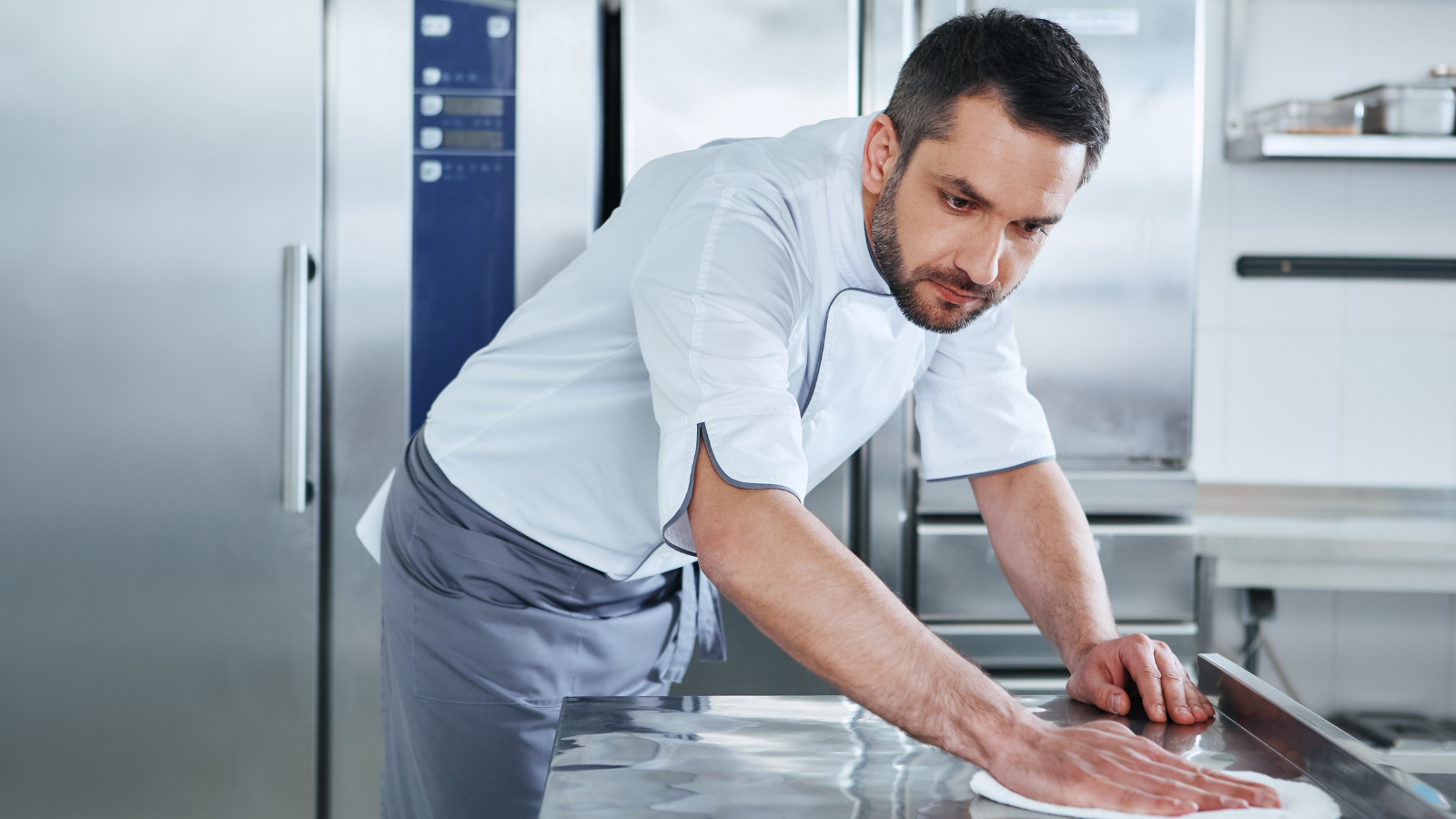Last Updated JULY 2023
Cleaning, sanitizing, disinfection in healthcare
Knowing the difference is the key for Exceptional Hygiene Standards

Cleaning removes germs, dirt, and impurities from surfaces or objects. Cleaning works by using soap (or detergent) and water to physically remove germs from surfaces. This process does not necessarily kill germs, but by removing them, it lowers their numbers and the risk of spreading infection.
Sanitizing lowers the number of germs on surfaces or objects to a safe level, as judged by public health standards or requirements. This process works by either cleaning or disinfecting surfaces or objects to lower the risk of spreading infection.
Disinfecting kills germs on surfaces or objects. Disinfecting works by using chemicals to kill germs on surfaces or objects.* This process does not necessarily clean dirty surfaces or remove germs, but by killing germs on a surface after cleaning, it can further lower the risk of spreading infection.
In times of uncertainty, maintaining Exceptional Hygiene Standards must be front and centre.
Today's healthcare environment faces greater hygiene challenges and business expectations. Knowing the right surface cleaning tasks, combined with the right products, can make a world of difference. Kimberly-Clark Professional provides quality surface hygiene solutions that ensure everyone feels safe, productive and ready to meet Exceptional Hygiene Standards.
Prioritize frequently touched surfaces and find more information on proper hand and surface cleaning at www.cdc.gov.
* Non-Food Contact Surfaces
Source: https://www.cdc.gov/flu/school/cleaning.htm


















